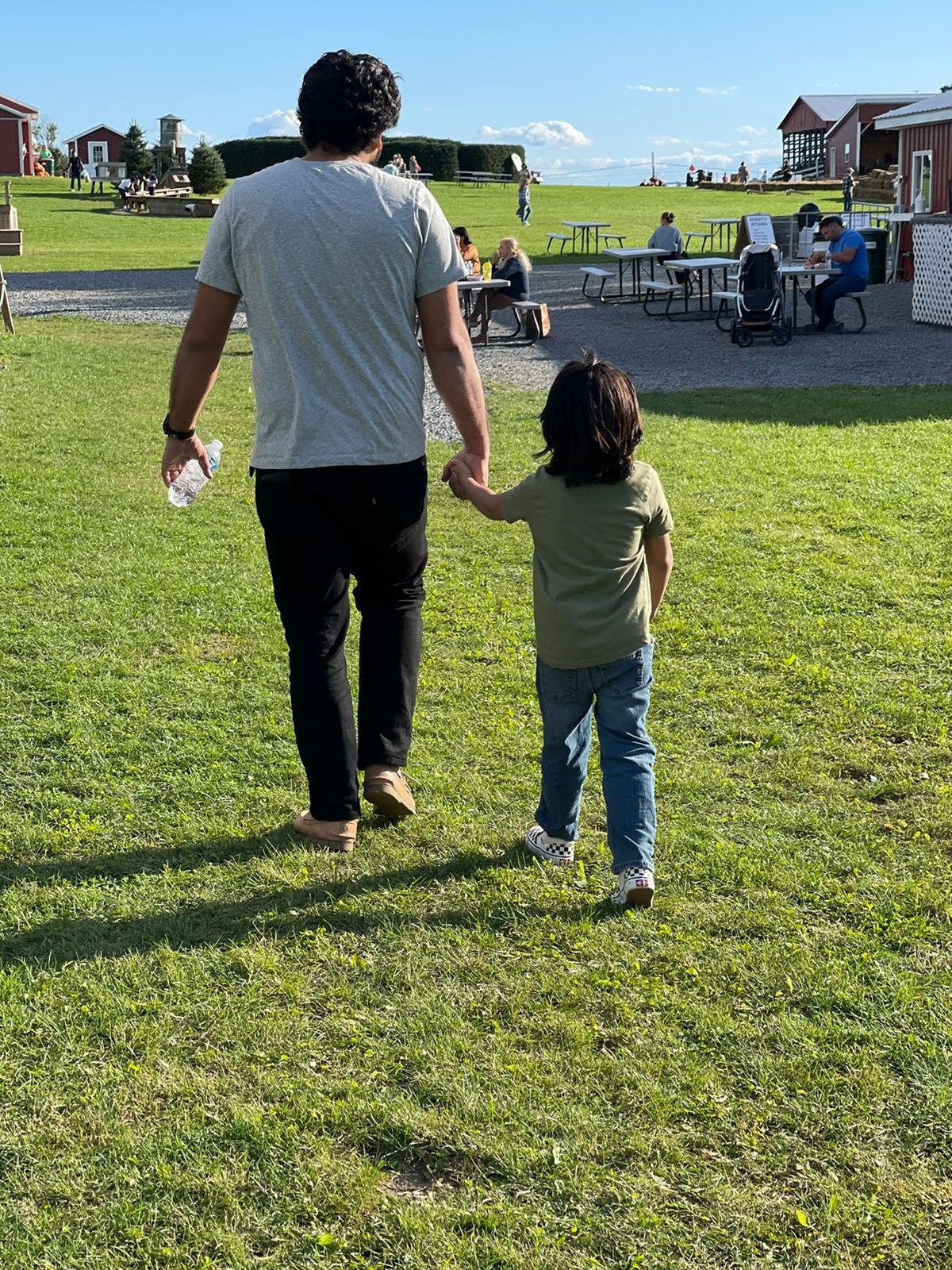For many parents, a simple trip to the hair salon with their child is a routine task. But for families with children on the autism spectrum, getting a haircut can be a daunting and anxiety-inducing experience. The sensory sensitivities experienced by these children, coupled with the unfamiliar salon environment, can transform this seemingly mundane task into a significant challenge. In this blog post, we will delve into suggestions and strategies to help children with autism enjoy a more comfortable and successful haircut experience.

Understanding Sensory Sensitivities:
Children with autism often grapple with heightened sensory sensitivities, rendering certain sensations, sounds, or surroundings overwhelming. A visit to the hair salon can trigger these sensitivities, resulting in anxiety and meltdowns. Common sensory challenges include:- Sensory Overload: The cacophony of hairdryers, buzzing clippers, and unfamiliar odors can prove overwhelming.
- Tactile Sensitivities: The sensation of hair being touched or the touch of a stranger can be discomforting.
- Visual Overstimulation: The presence of bright lights and mirrors in salons can be disorienting.
Tips for a Successful Haircut Experience:
Preparation is Key:- Familiarize your child with the salon environment by visiting beforehand during quieter times.
- Introduce your child to the hairstylist or barber in advance.
Visual Supports:
- Utilize social stories or visual schedules to elucidate the haircut process step by step.
- Display images or videos of children undergoing haircuts to normalize the experience.
Sensory-Friendly Tools:
- Provide sensory items like fidget toys or noise-canceling headphones to assist your child in coping with sensory stimuli.
Timing Matters:
- Opt for a less crowded and quieter salon time to minimize sensory overload.
Comfortable Clothing:
- Dress your child in comfortable attire to diminish tactile sensitivities.
Gradual Approach:
- Initiate with short, uncomplicated haircuts and incrementally progress to longer styles as your child becomes more comfortable.
Desensitization:
- Practice at-home haircuts using clippers or scissors with their blades covered (turned off) to acclimatize your child to the sensation.
Positive Reinforcement:
- Offer praise and rewards to acknowledge your child’s cooperation during and after the haircut.
Choose a Supportive Stylist:
- Seek out a hairstylist or barber experienced in working with children who have sensory sensitivities.
Patience and Empathy:
- Maintain a composed and empathetic demeanor during the haircut, providing comfort and understanding.
After the Haircut:
- Celebrate Small Achievements: Acknowledge and celebrate your child’s accomplishments during the haircut, irrespective of their scale.
- Consistency: Uphold a consistent haircut schedule to help your child grow more accustomed to the process.
- Solicit Feedback: After each haircut, inquire about your child’s preferences to facilitate smoother future visits.



